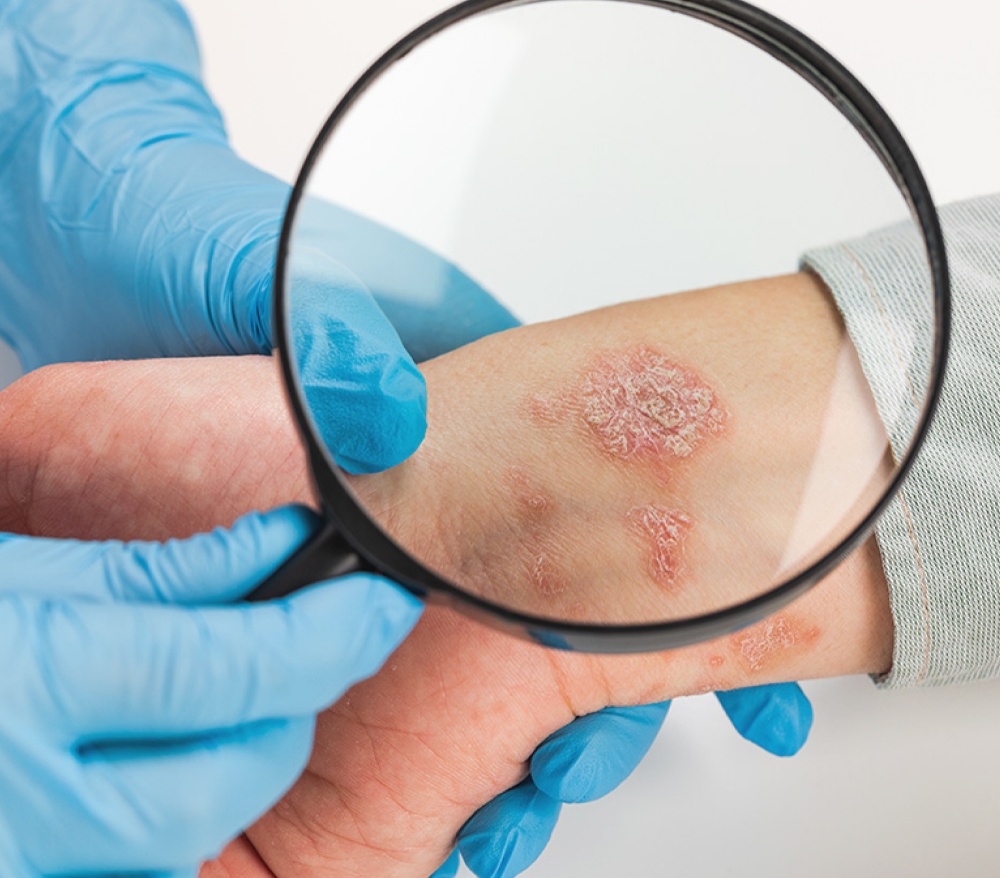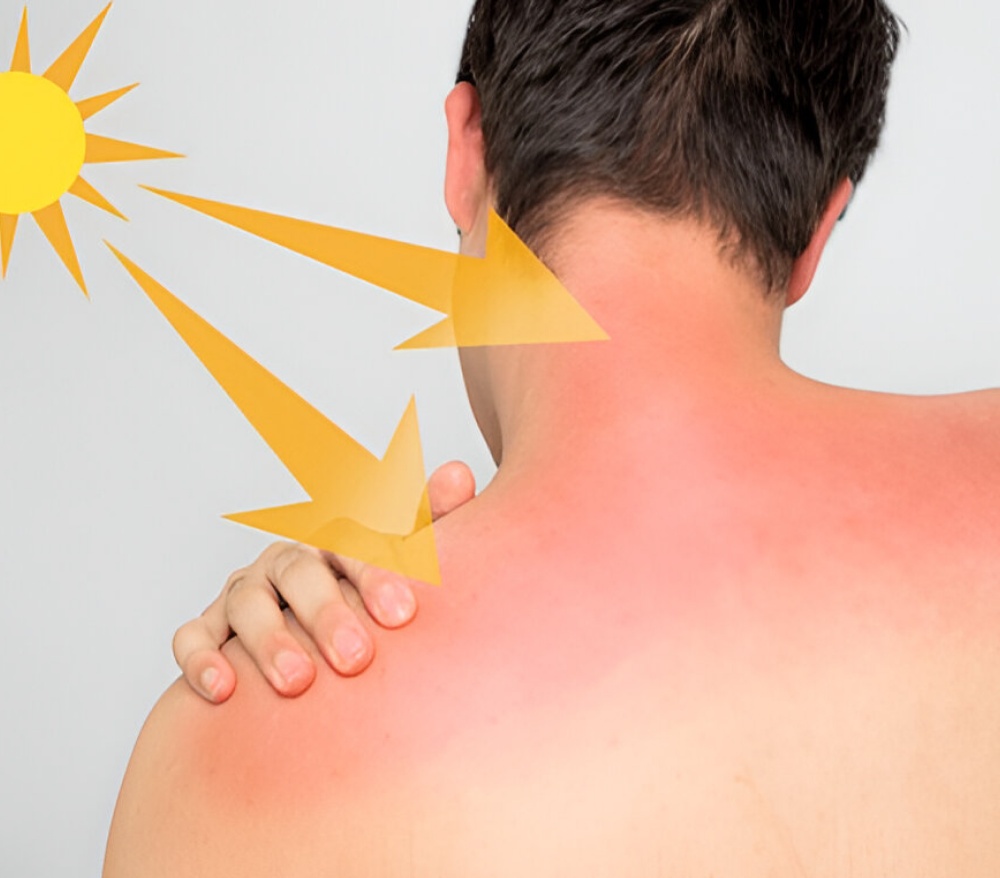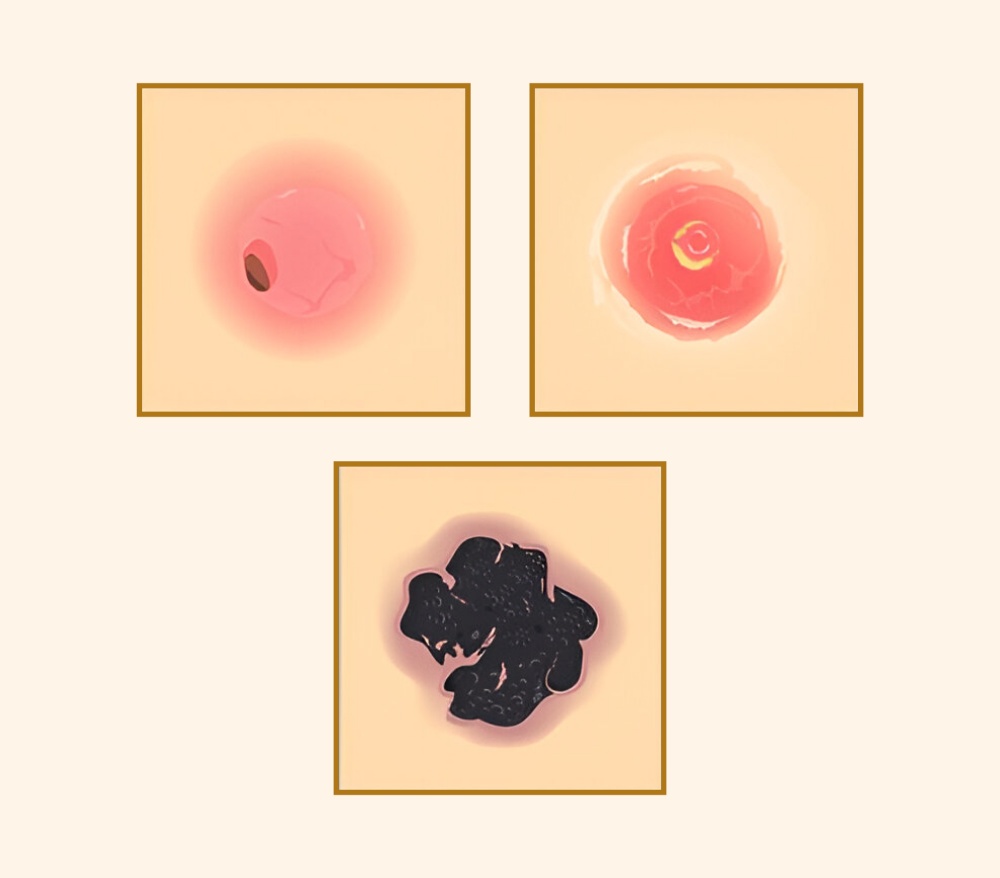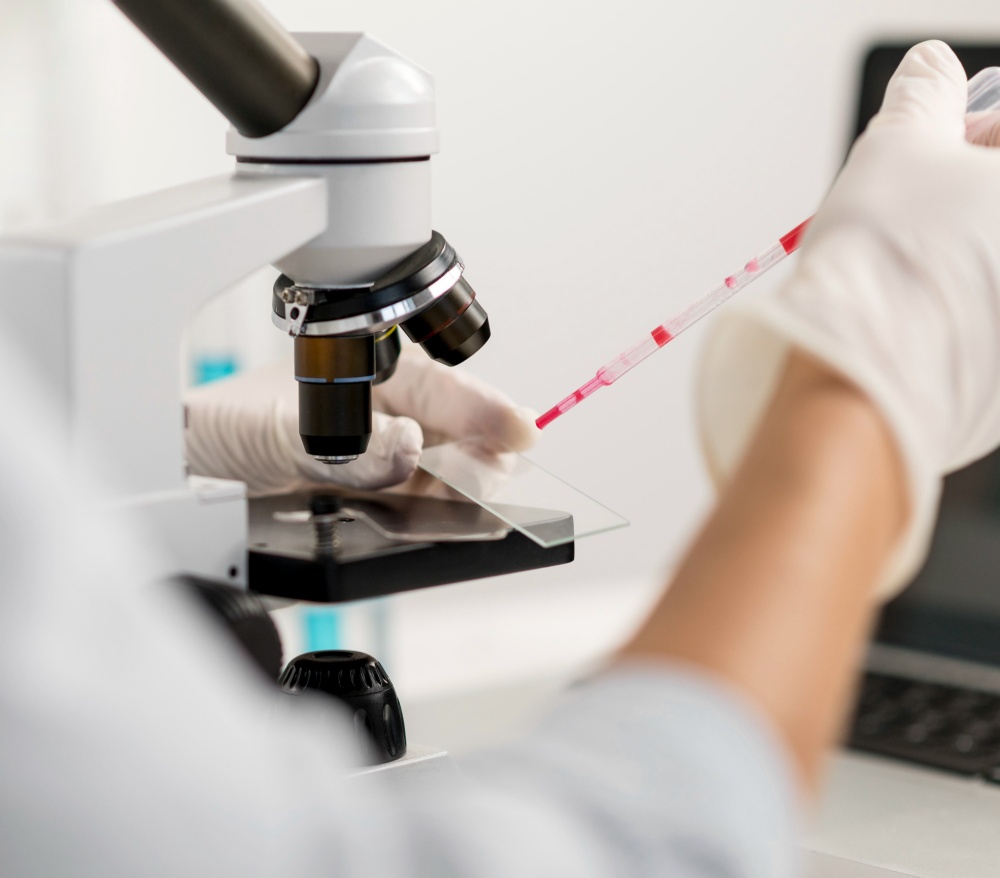Skin Cancer Treatment
Skin Cancer

What is Skin Cancer?
Skin cancer is the abnormal and uncontrolled growth of skin cells, typically beginning in the outermost layer of the skin called the epidermis. It often results from DNA damage caused by prolonged exposure to ultraviolet (UV) radiation, such as sunlight or tanning beds. Although it most commonly affects sun-exposed areas, skin cancer can also occur in areas not usually exposed to the sun.
Layers of the Skin
Our skin has three main layers:
- Epidermis: The outermost layer that serves as the body’s first line of defense.
- Dermis: The middle layer housing sweat glands, nerve endings, hair follicles, and blood vessels.
- Subcutaneous tissue (fat layer): The innermost layer that helps regulate body temperature and stores fat.
Causes & Risk Factors
Skin cancer develops when mutations occur in the DNA of skin cells. Several risk factors increase susceptibility:
- Excessive UV Exposure: From the sun or tanning beds.
- Fair Skin Tone: Less melanin provides less protection from UV radiation.
- History of Sunburns: Especially blistering burns in childhood.
- Multiple or Atypical Moles: Irregular, numerous, or changing moles.
- Precancerous Lesions: Actinic keratosis can evolve into squamous cell carcinoma.
- Family History: A genetic predisposition can elevate the risk.
- Weakened Immune System: Including patients with HIV or organ transplants.
- Radiation Therapy: Previous radiation exposure to the skin.
- Chemical Exposure: Prolonged contact with substances like arsenic.

Symptoms of Skin Cancer
Symptoms vary depending on the type of skin cancer. Look out for:

Basal Cell Carcinoma (BCC)

Squamous Cell Carcinoma (SCC)

Melanoma

Merkel Cell Carcinoma
Seek medical attention if you notice any new, unusual, or changing skin lesions.

Types of Skin Cancer
Basal Cell Carcinoma (BCC):
- Most common form
- Arises in basal cells of the epidermis
- Slow-growing with a low risk of metastasis
Squamous Cell Carcinoma (SCC):
- Originates from squamous cells in the outer skin
- More likely to spread to lymph nodes or distant organs if untreated
Melanoma:
- Arises from melanocytes (pigment-producing cells)
- The most dangerous form with high metastatic potential
- Early detection is critical for survival
Merkel Cell Carcinoma:
- Rare and aggressive
- Often appears as a painless, fast-growing lump
Other Rare Types:
- Kaposi’s sarcoma
- Sebaceous gland carcinoma
- Cutaneous lymphoma
Prevention of Skin Cancer
- Reducing sun exposure and practicing skin safety can significantly lower your risk:
- Avoid direct sunlight between 10 a.m. and 4 p.m.
- Wear protective clothing, hats, and UV-blocking sunglasses
- Use broad-spectrum sunscreen (SPF 30 or higher), reapply every 2 hours
- Avoid tanning beds
- Be cautious with medications that increase sun sensitivity
- Perform regular self-examinations and consult a dermatologist for any changes
- If at high risk, undergo routine skin screenings


Diagnostic Tests for Skin Cancer
To confirm a skin cancer diagnosis, your doctor may recommend:
Physical Examination
Assessment of suspicious moles or lesions
Biopsy
Tissue sample taken for histopathological analysis
Incisional biopsy
A portion of the lesion is removed
Excisional biopsy
The entire lesion is removed for testing
CT Scan or PET-CT Scan
In advanced cases (especially melanoma and SCC), imaging is used to assess spread to lymph nodes or organs
Treatment Options for Skin Cancer
Treatment depends on the type, stage, and location of the cancer, as well as the patient’s overall health.
- Excisional Surgery: Complete removal of cancerous tissue with a margin of healthy skin
- Mohs Micrographic Surgery: Layer-by-layer removal with microscopic evaluation, ideal for facial or recurrent cancers
- Amputation: Rarely required, but may be necessary for deeply invasive cancers
- Lymph Node Dissection: Removal of lymph nodes to prevent or manage metastasis (common in SCC and melanoma)
- Freezing and destroying abnormal skin tissue with liquid nitrogen
- Curettage & Electrodesiccation: Scraping off the lesion and destroying remaining cells with an electric current
Anti-cancer creams (e.g., 5-fluorouracil) for superficial skin cancers
Light-activated drugs target and destroy superficial cancer cells
Used post-surgery or for patients who can’t undergo surgery; effective for SCC and Merkel cell carcinoma
- Systemic Chemotherapy: For advanced SCC; may be combined with radiation (chemoradiotherapy)
Boosts the immune system to recognize and destroy cancer cells (commonly used in advanced melanoma)
Drugs like Vemurafenib and Dabrafenib specifically target genetic mutations in melanoma cells



